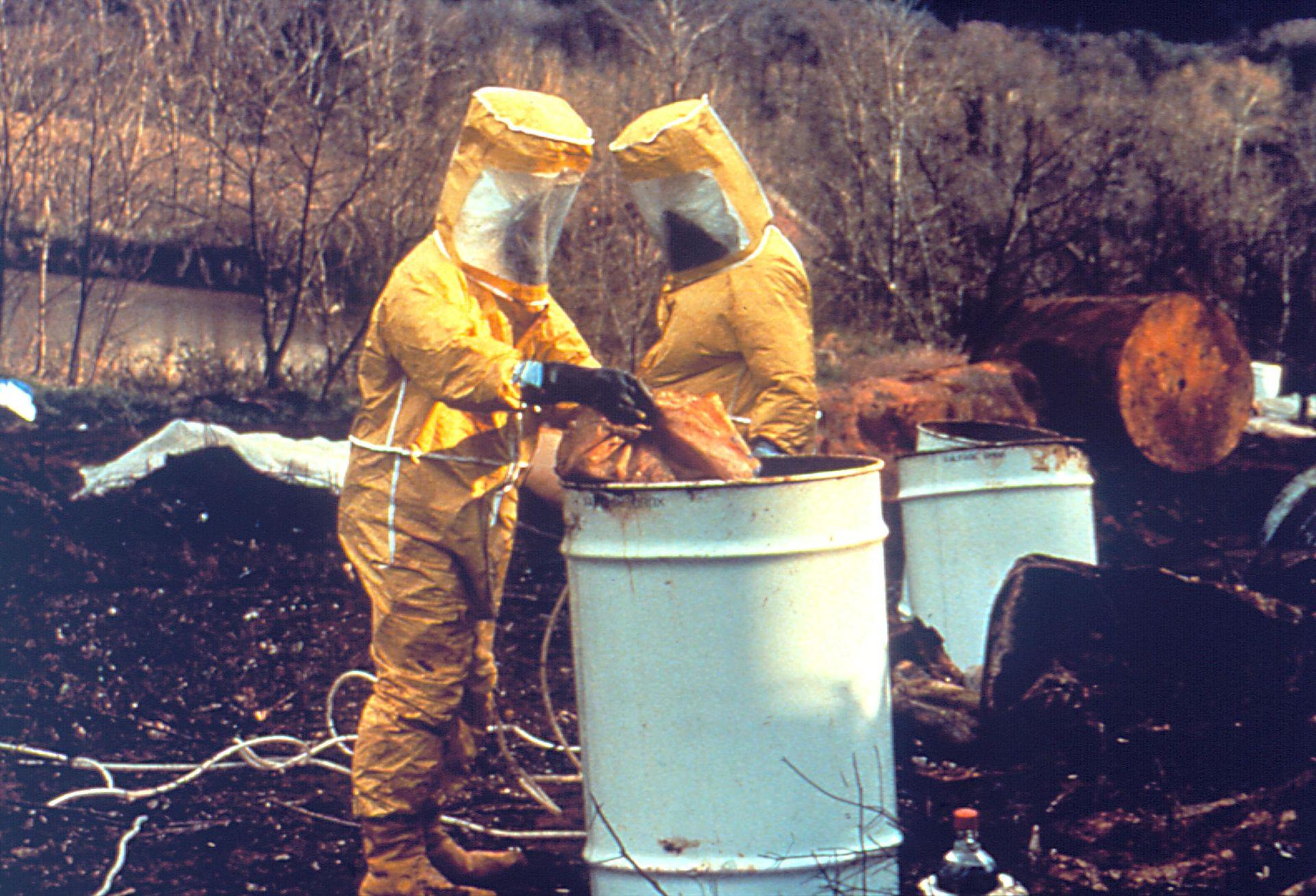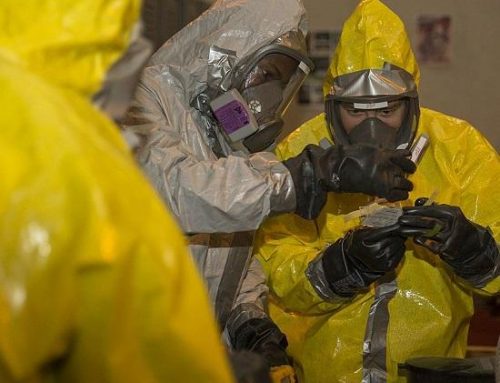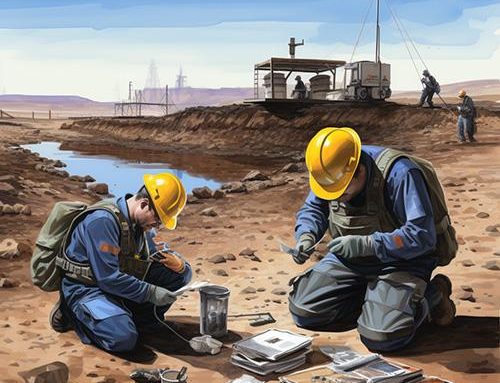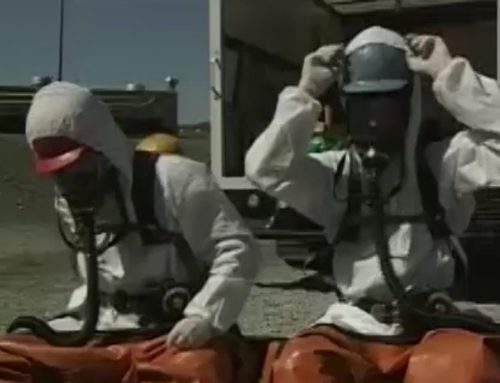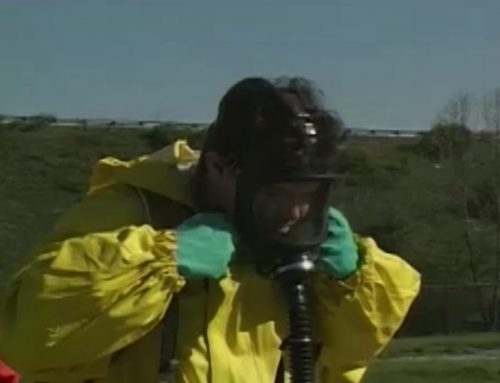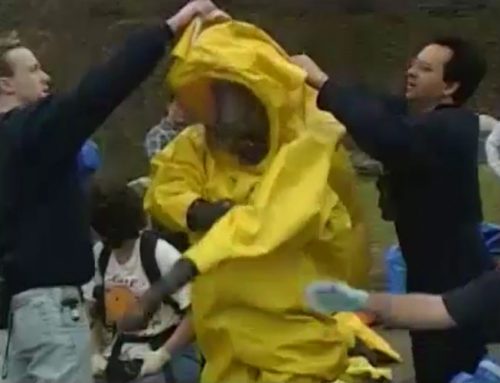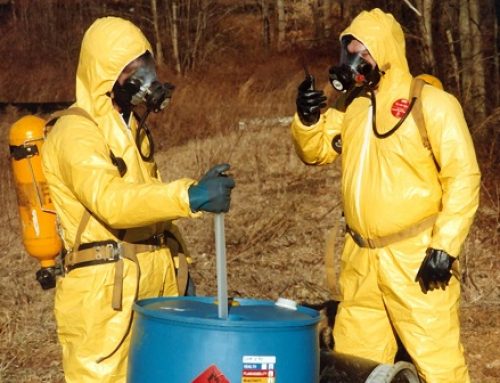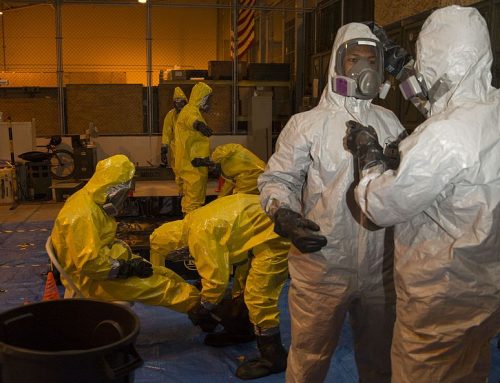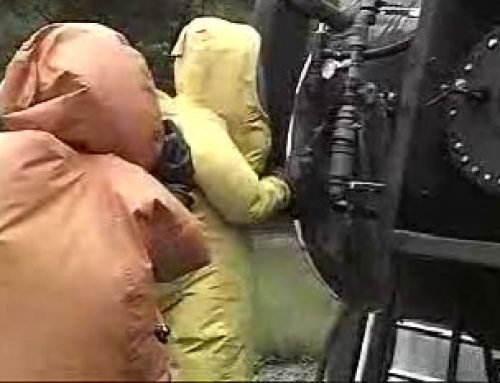If you were asked to define hazardous waste, how would you define it exactly? You could say that it is a thing that is contaminated, you want to get rid of it, and you think it could hurt you. You could be correct. What about something that will not hurt you but could hurt the environment? That is, something that could not hurt you but could hurt animals and people in general in the long run? What do you think about a hazardous substance that you don’t consider waste — that is someone could use it for some purpose — but that you personally don’t need anymore? Is that “waste”? Defining hazardous waste isn’t as easy as you thought it was, is it?
There are three principal regulatory agencies that define what hazardous waste is in the U.S. OSHA considers hazardous substances to be anything that will — or has the capacity — to hurt human beings who might come into contact with the substance in question.
The EPA considers there to be a distinction between what it describes as a hazardous material and hazardous waste. The EPA says that if a usable amount of material is left in the original container and it is the owner’s intention to use or recycle the material, the EPA says that it is defined as a hazardous material. The EPA also says if there is a usable amount of material left over in the original container but the owner intends to dispose of it, then that is described as hazardous waste. On the other hand, the DOT considers all hazardous substances, whether new product in the original container, a cleaned-up hazardous waste product, or marine pollutants, or elevated temperature materials that will be shipped in commerce, hazardous materials.
How OSHA Defines Hazardous Waste
OSHA defines “hazardous waste” as the waste form of a “hazardous substance” that is a substance that will, or may, result in an adverse effect on the health and safety of employees.
Hazardous Substance — according to OSHA — means any substance designated or listed under 1 through 4 below, exposure to which results, or may result, in adverse effects on the health or safety of employees:
- Any substance defined under section 101 (14) of CERCLA.
- “Any biologic agent and other disease-causing agent which after release into the environment and upon exposure, ingestion, inhalation, or assimilation into any person, either directly from the environment or indirectly by ingestion through food chains, will or may reasonably be anticipated to cause death, disease, behavioral abnormalities, cancer, genetic mutation, physiological malfunctions (including malfunctions in reproduction) or physical deformations in such persons or their offsprings.” — **BIG BREATH** Wow! That is one, big, nasty definition.
- Any substance listed by the U.S. Dept. of Transportation as a hazardous material under 49 CFR 172.101 and appendices (the Hazardous Materials Table).
- “Hazardous waste” is also a hazardous substance, with the following addition:
- A waste or combination of wastes as defined in 40 CFR 261.3
- Those substances defined as hazardous wastes in 49 CFR 171.8
Please keep in mind, HAZWOPER training is OSHA-regulated, OSHA depends on EPA and DOT for help with definitions. This is reasonable because there are some shared responsibilities between those three agencies.


